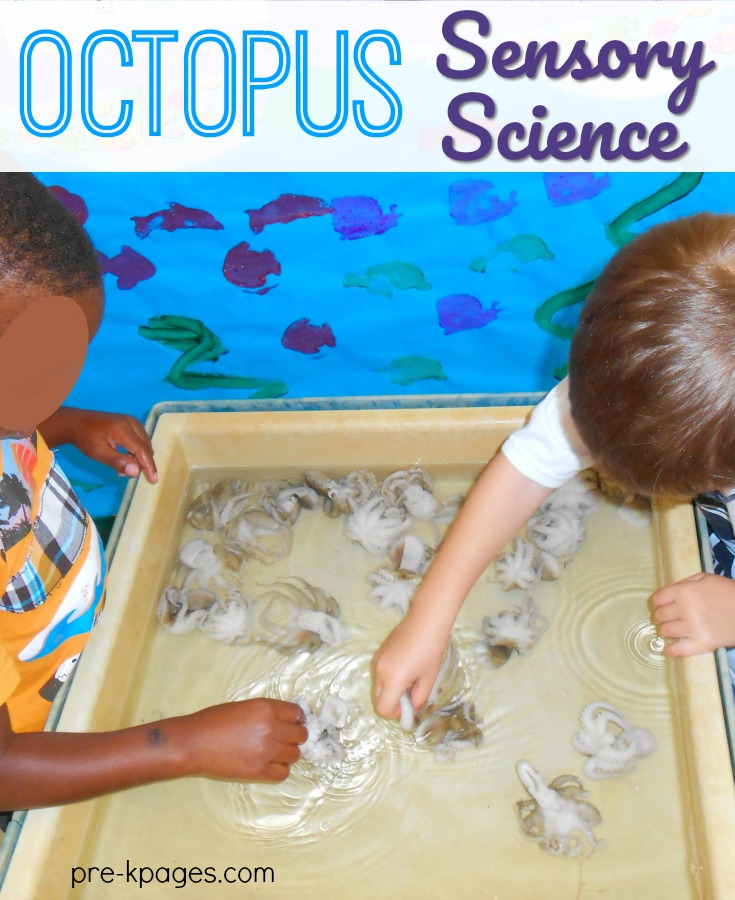The Teaching Games for Understanding (TGfU) approach was developed by researchers at Loughborough University in the United Kingdom to tap into children’s inherent desire to play. Bunker and Thorpe (1982) developed TGfU around the concept of teaching kids games by playing games. Butler et al. (2008) identified six Basic TGfU Concepts:
Collection of lesson plan examples for students in grades 1-5. Developed by Dr. Bob Jacobs at Colorado College (Colorado Springs, CO). Neural Engineering lessons from the Center for Neurotechnology. Complete lesson plans with background information, teacher guides and student guides from Neuroscience for Kids. English Lesson Plans. Teachers can have a great time teaching students English with well-written, free, online English lesson plans. Here are some activities and worksheets that teachers can use to add fun to any English lesson! The following list compiled by Griffin & Butler (2005) outline examples of transferable skills that are common among most, if not all invasion games (including touch football): Transferable Skills Sending an object: For example, throwing a ball or a disk, kicking a ball or passing a puck, ball or ring with the appropriate apparatus. Teachers.Net features free lesson plans for elementary teachers elementary education resources. Discover printables, worksheets, thematic units, elementary lesson plans.
- Teach games through games.
- Break games into their simplest format - then increase complexity.
- Participants are intelligent performers in games.
- Every learner is important and is involved.
- Participants need to know the subject matter.
- Need to match participants’ skill and challenge.
Recent approaches to TGfU have advocated for a thematic approach to teaching games. Rather than teaching sport-specific units (e.g., volleyball unit, soccer unit), children and youth gain skills and knowledge to apply to different sports by playing a variety of games associated with 4 game categories:
Lesson Plan: Touch Football Teaching Games For Understanding Soccer
- Target Games in which the participant propels an object, preferably with a high degree of accuracy, at a target.
- Net/Wall Games in which the participant propels an object into space trying to make it difficult for an opponent to return it.
- Striking/Fielding Games in which the participant strikes an object so it is placed away from defenders in the field.
- Territory Games in which participants invade an opponent's territory to score.
These categories represent games and activities that are similar in structure. By exposing children and youth to the primary rules, fundamental skills, and tactical problems associated with each category, they become literate in a variety of games, activities and sports and develop an understanding and competency of the skills and tactics associated with playing sports.
The skills and strategies used in the PlaySport activities are applicable to several different sports. For example, if a child understands the basic concept behind keeping possession of an object in an territory game (e.g., use short passes, shield the ball, support the player with the ball), this will help them to play a variety of territory games whose tactics can be applied to related sports (e.g., basketball, soccer, handball, lacrosse, wheelchair basketball, goalball).

In PlaySport, activities have been grouped into specific categories which represent games and sports which are similar in structure and include aspects of certain sports. For example:
Target
Net/Wall
- Badminton
- Sitting Volleyball
- Squash
- Tennis
- Volleyball
- Wheelchair Tennis
Striking/
Fielding
Territory
- Basketball
- Goalball
- Handball
- Hockey
- Lacrosse
- Soccer
- Wheelchair Basketball

Individual
Pursuits
To promote lifelong healthy, active living for all, it is important not to limit children and youth to game and sport activities. Many children and youth prefer activities that do not involve team play, and these can provide plenty of opportunities for fun through the development of fitness and movement skills related to control of body rhythm, movement aesthetics, creativity, sequencing, composition and stability. With this in mind, PlaySport also includes Individual Pursuit activities. These are games in which children work individually with their own equipment, or in some cases interact with others, monitoring their own behaviour, movements and physical expenditure.
Lesson Plan: Touch Football Teaching Games For Understanding Football
Teaching Games for Understanding is a child-centred approach where the leader acts as a facilitator and the participants make their own adaptations in order to maximize the level of challenge and fun! The following steps are elements of a Teaching Games for Understanding approach:
- Activity Appreciation: trying out a version of the activity in a small-group
- Tactical Awareness: developing understanding of common elements of games and tactics needed for success
- Decision-Making: learning and practising making decisions in action, in response to different situations
- Application of Skills: identifying and practising the skills needed to improve play
- Performance: putting it all together, applying the skills, decision-making and tactics in game situations
Lesson Plan: Touch Football Teaching Games For Understanding Statistics
The process is a cyclical one with participants continuing to adapt and change as needed for the best playing experience.
